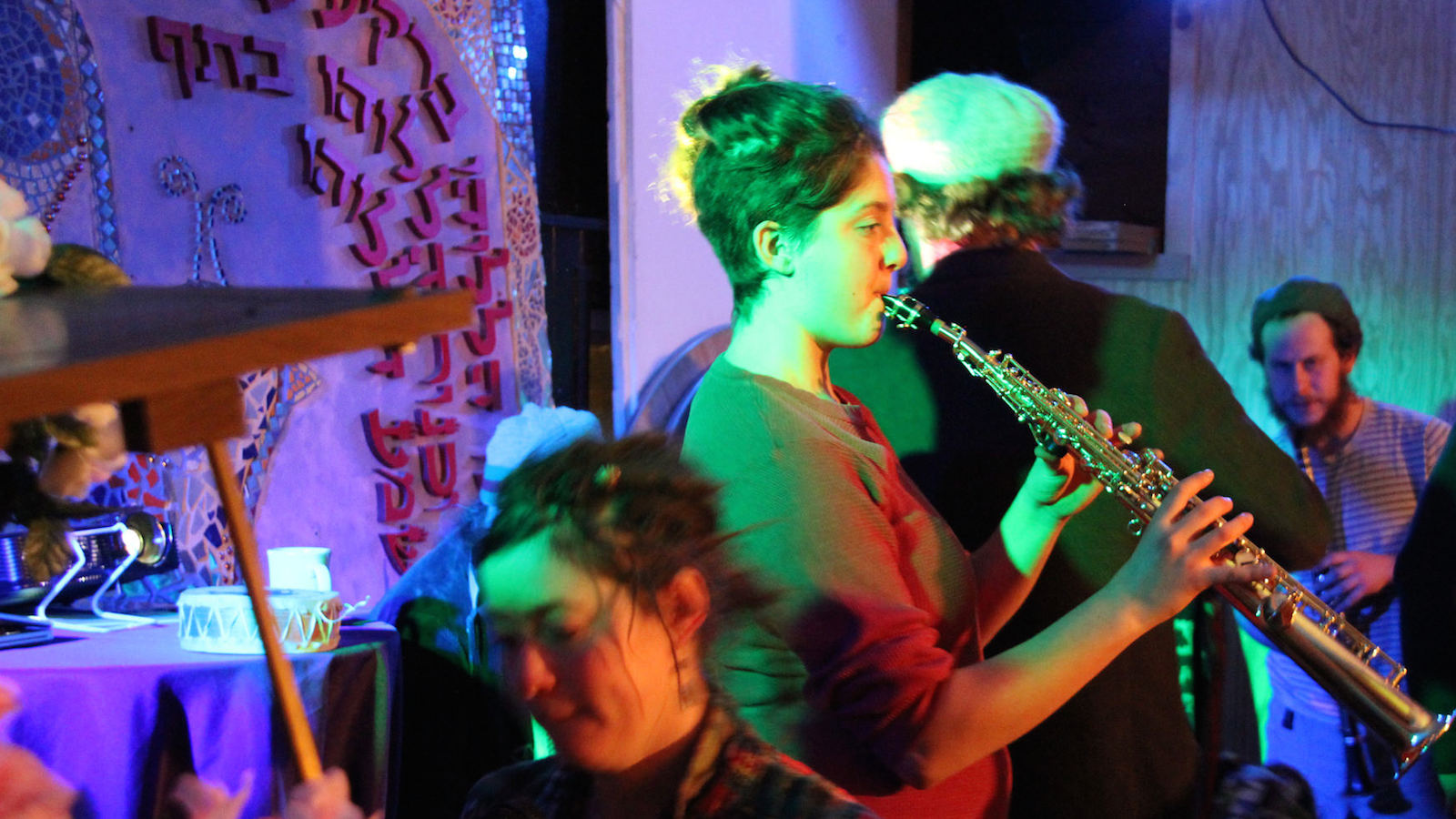Music has been a part of Jewish life since biblical times, and remains integral to the Jewish religious and cultural experiences. At the moment of Israel’s birth as a nation — the Exodus from Egypt — the Bible tells us that Moses led the people of Israel in a song of divine praise. Music was part of the sacrificial worship in the Temple, and later became part of synagogue prayer services and at-home religious observance. Jewish music tends to blend unique elements with aspects that reflect the cultures in which Jews have lived, composed, played instruments, and sung.
For a short video overview of Jewish music and to listen to a live stream of contemporary Jewish music, scroll down to the bottom of this page.
Religious Music
Jewish religious music includes cantorial music — the music of the professional prayer leader; nusah, the melodies to which traditional prayers are chanted, with different tunes used for different services; modern liturgical music, in which composers set excerpts of Jewish prayer to choral or other music that is not necessarily inherently “Jewish”; cantillation, which is the notes for chanting public readings of the Torah, haftarah (selections from Prophets), and other Jewish sacred texts, such as the Scroll of Ecclesiastes on the festival Sukkot; and nigunim, which are wordless melodies. Different Jewish communities throughout history have produced their own distinctive forms of these different Jewish religious expressions. However, as the global community has grown increasingly connected, so too have the different Jewish communities, resulting in a cross-fertilization of musical styles between Jews of different countries and different denominational affiliations.
American Jewish Music
The music of North American Jews reflects the delicate balance these communities attempt to maintain between upholding their distinct Jewish identity and participating in the broader North American culture. The rise of North American Jewish folk music, blending the sounds of the American folk music tradition with Jewish lyrics — often based on Jewish texts — is an example of such a phenomenon. In addition, the revival of klezmer music in recent years reflects American Jewry’s largely Eastern European roots and the endeavors of young musicians to reconnect with the cultures and traditions of past generations. In addition, some of America’s greatest composers and songwriters are Jewish, including Aaron Copland, George Gershwin, Irving Berlin, Carole King, and Bob Dylan.
Israeli Music
In its relatively short life so far, the state of Israel has created a rich musical tradition of folk, popular, and classical music. Israel’s diverse immigrant population — and their native-born offspring — has fused their many musical traditions, from both the East and the West, to create an authentic Israeli sound. Before statehood, the Zionist movement used folk music to instill in Jews the ideals of the movement. As European musicians emigrated, a rich tradition of classical music was born in Israel. And more recently, Israeli musicians have created distinctive pop tunes, reflecting the unique roots of the musicians as well as the culture and politics of the Jewish state.
To listen to a live stream of contemporary Jewish music, click below:



